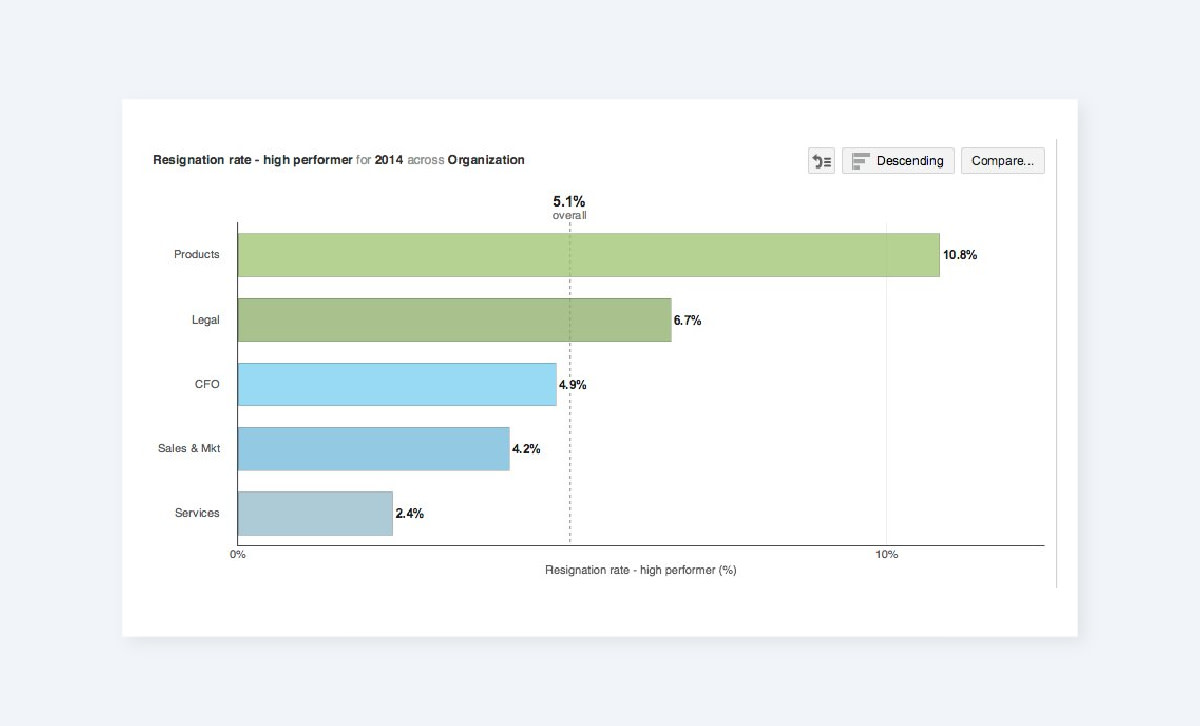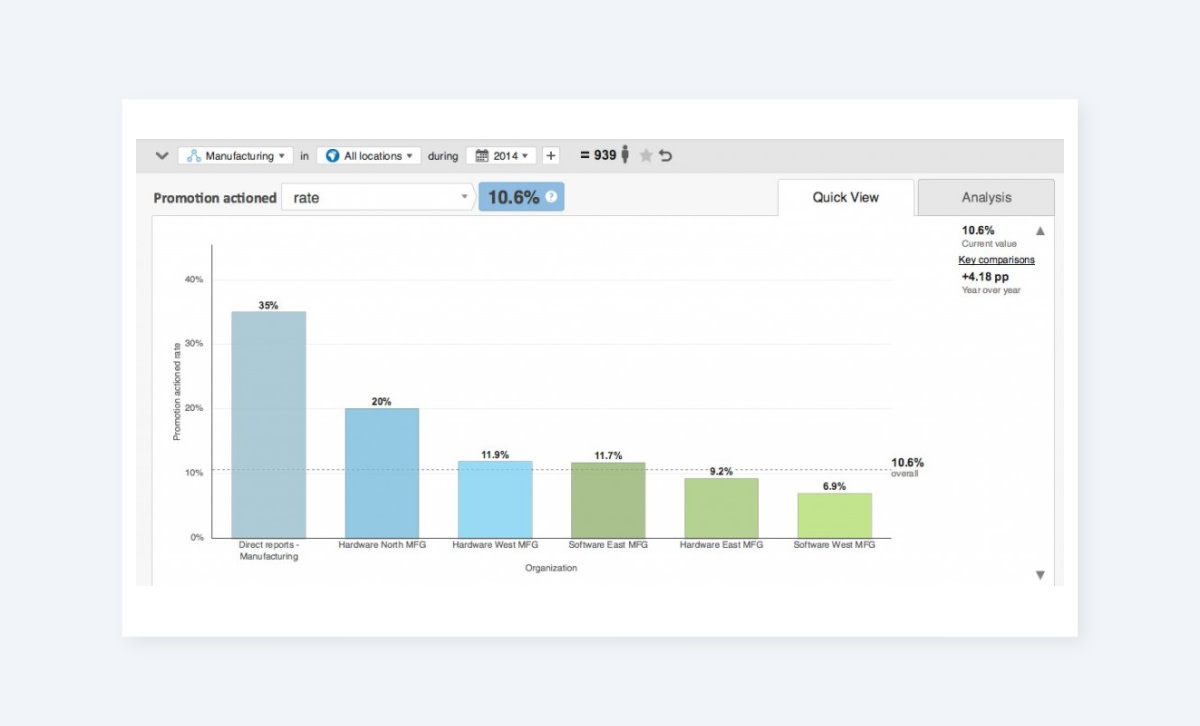Ask These 6 Critical Questions to Assess Management Effectiveness
How does a business assess management effectiveness? Here are six key questions that provide leading insight into management effectiveness.

How does a business measure management effectiveness? Most businesses follow a hierarchical organization structure.
There is a CEO and a set of executive officers managing the core and the administrative functions of the business. These people are typically measured and judged by the performance of the company relative to the competition and the market opportunity. The people doing the judging are the investors, shareholders, or regulators, and they have a simple set of metrics: profit and growth. More farsighted investors may look at product or service quality, regulatory compliance, and public relations.
Interestingly, all of these outputs are the result of many people working together to achieve the stated company objectives. However, in any company that has more than a few hundred employees, the top management has a limited perspective of the effectiveness of the employee population and of the middle management that is charged with the operational execution responsibility. Typically, only when there is a significant and visible failure, will top management get a realistic view of the effectiveness of the company they manage.
Yet, getting a realistic and continuous perspective is not that difficult. In addition to ensuring employees are being aligned with company objectives, and being shown how their actions impact business results, here are six key questions that provide a great leading insight into management effectiveness:
1. If there is a problem, to whom do the employees turn first?
Who is the “go to” person for a team or department? Do people tend to go to that person because they are subject matter experts, or because they have innate leadership qualities and are effective problem solvers? While this may be difficult to determine through metrics, a survey of employees will often identify a few people who are the “go to” members of their organization. It may also be possible to acquire this insight — while respecting your organization’s privacy policy — by reviewing how often people are proactively reaching out to a particular manager by looking at data gleaned from your Knowledge Management System.
2. Which managers have the best safety records, the best customer satisfaction, and the lowest absenteeism?
By looking at standard company metrics — such as safety ratings, customer satisfaction, and absenteeism — and comparing by manager, you can identify which managers are achieving the best results, and which need further guidance or support. The value of safety and customer satisfaction is obvious, but absenteeism is often a “sleeper” issue that, when monitored, can provide great insight into manager performance, while also identifying opportunity for productivity improvements.
Start by comparing absenteeism by team, and look specifically at sick, personal, and paid leave. For example, calculate the average number of days of absence per employee per year. If some teams have higher averages, this indicates areas for optimization, possibly through improvements in manager effectiveness.
3. Which managers retain the most top performers?
There is a common saying in HR that “people don’t leave their job, they leave their manager.” What is the best method to determine whether manager performance is in fact responsible for employee resignation, particularly among high performers? A general resignation metric — which also incorporates the turnover of poor performing employees — is too broad to support good quality decisions about management. Instead, examine the resignation rate of high performers to see if there is a common denominator. In the example below, for instance, both the Products and Legal groups have higher resignation rates for top performers than other departments.
By drilling down you can see which managers are associated with the highest and lowest resignation rates. In this case, calculating the resignation rate for top performers in teams within Manufacturing shows that the Hardware West team has the poorest rates, warranting a discussion or coaching with the team’s manager.

Another example is to employ more advanced statistical approaches. For example, the clustering analysis below looks at common trends that are inherent in the data. In orange, you can see what is common across people who are resigning, and in green, what is common across people who are staying.

In this scenario, it looks like Lynn Davis may benefit from some coaching.
4. Which managers grow the best employees?
Just as important as retaining high performers is developing talent. This can take the form of training employees on the job to fill future critical roles, developing talent as part of leadership succession planning, or simply driving productivity and performance through mentoring and development. To assess which managers are growing the best employees, look at the development history of top performing successors, and see if a particular manager is associated with those people.
You can also look at promotions actioned across your organization — where are more people than average being promoted? This could indicate managers that are more effective at growing talent. Alternatively, if there are teams with poor promotions actions rates, it could indicate a need for manager coaching.

5. Which managers have generated the most innovative products, services, or processes?
Through performance management you can see which managers score the highest in their performance reviews. However, another more laser-focused way to assess manager effectiveness is to review your corporate objectives and identify the managers that have delivered the most against them. For instance, if innovation is key to your corporate strategy and goals, look for the managers whose teams delivered the most innovative products and services. If you are focused on improving the bottom-line, look for managers whose teams have improved their productivity the most through innovation in processes.
6. What is the real network of relationships among employees, the hierarchical organization notwithstanding?
Well-networked employees who belong to organizations that consciously build collaboration are more innovative, faster at problem solving, and quicker to respond to market shifts, all of which create a hard-to-copy competitive advantage.
It is critical not only that employees develop these networks as part of their day to day jobs, but that managers encourage and nurture collaboration across teams, departments, and locations.
The Final Step: Look at The Big Picture
Patterns in manager-employee relationships can be tricky to discern, particularly when relying solely on first-person testimonials. Therefore, it is important to look at the data first before jumping to conclusions about a manager’s behavior or performance. But rarely does one metric tell the whole story. By answering all the questions above, then taking a step back to examine the big picture, you will gain a more accurate view of manager performance. This will put you in a much better position to make sound decisions about promotions and development programs, ensuring budget is wisely spent.
To learn more about how to use people analytics to reduce manager turnover, download this resource: People Analytics Drives 17% Manager Turnover Reduction.


